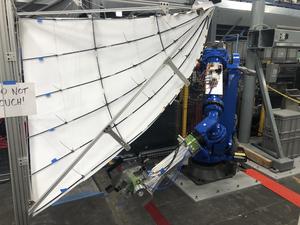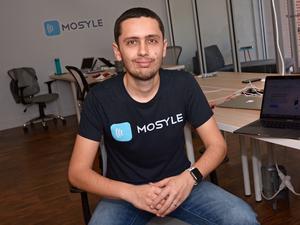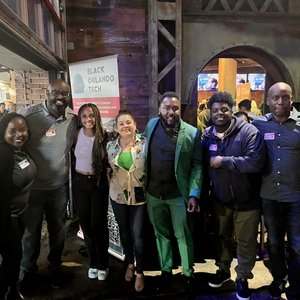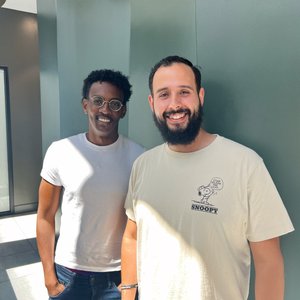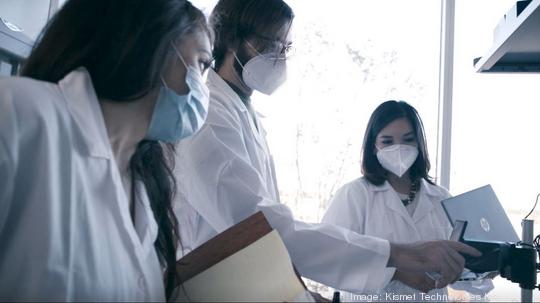
A Small Business Innovation Research (SBIR) award from the Department of Defense nearly a decade ago enabled Simetri Inc., then a young modeling and simulation firm, to buy its first 3D printer and hire its first full-time mechanical engineer.
It took three tries and attending a class at the University of Central Florida before Simetri landed an award, founder, president and CEO Angela Alban told Orlando Inno. However, Alban said it was more than worth it considering the money, opportunity and validation the Winter Park-based company got from the program. “It’s a small investment to make.”

Meanwhile, the Orlando-based Florida High Tech Corridor is working to make sure more innovative small businesses across Central Florida know about the federal government’s SBIR and Small Business Technology Transfer (STTR) programs. Through these programs, federal agencies award grants and contracts to small businesses working on innovative research that can be commercialized.
The Florida High Tech Corridor has helped 40 local businesses identify and apply for SBIR/STTR opportunities through the Cenfluence collaboration with Orange County and the local SBIR Catalyst program.
The Florida High Tech Corridor expects to scale those efforts, with the potential to land new funds from the U.S. Small Business Administration this year to ramp up these services, Cenfluence Program Director Amy Beaird told Orlando Inno.
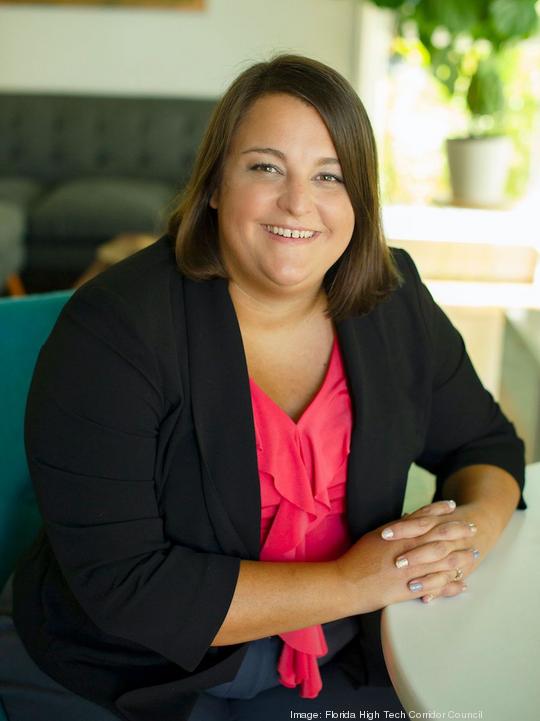
Read on for more from Beaird and past SBIR recipients on what Central Florida small businesses should know about the programs.
Know what’s involved
There are many benefits to landing SBIR or STTR funding. Unlike venture capital, it’s non-dilutive funding, meaning the awarding agency doesn’t take any equity in the company the way private investors typically do. Also, it gives small businesses a foot in the door to doing business with the federal government and offers early validation for an entrepreneur’s idea.
Still, it can take up to six months to apply for a program and get a response regarding funding. That’s why Beaird often recommends entrepreneurs new to the programs try to apply through the National Science Foundation first. An entrepreneur can submit a quick pitch and hear back from the NSF in 30 days if the foundation is interested in a full application, Beaird said. “That forces an entrepreneur to get their ideas down on paper and start crafting it.”
Get your business in order
SBIR and STTR requirements are useful for helping early-stage businesses establish practices that will be useful in the long term. For example, some programs require businesses to have plans in place to secure lab space or hire technical talent immediately if the funds are awarded.
Also, they may require a business not only to have a technical proposal for the product it’s making, but also a commercialization plan that looks at existing competitors, go-to-market strategy and financing options, said Kismet Technologies LLC founder and CEO Christina Drake. Orlando-based Kismet in 2020 landed a Phase 1 STTR award for $255,000 for its long-lasting disinfectant spray.
Not only that, but the application process required a master agreement for intellectual property between the applicant and research partners, like a university. In the case of Kismet, that meant an agreement with UCF, which helped Kismet develop its spray. By crafting such an agreement for the SBIR application, a startup then has a template for intellectual property agreements with future partners, Drake said.
Meanwhile, Kismet had to pass an audit for its application, forcing the business to implement an accounting system it expects to use for at least another two years, Drake added. That will help Kismet when it comes time to raise money from investors later this year. “When we look at raising an equity round, we’ll have historical data on how we’re spending money.”
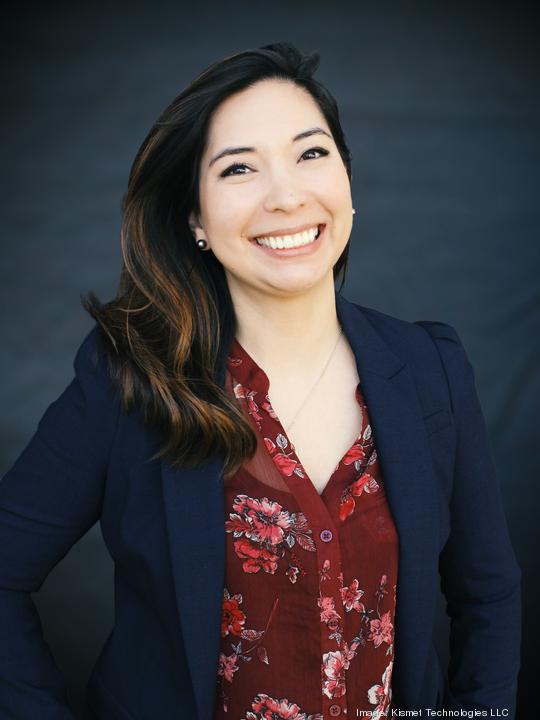
Change your pitch mindset
Startups used to pitching their ideas to investors may want to rethink their approach when applying for SBIR or STTR funds. That’s because investors often want to hear a business carries as little risk as possible, Beaird said.
That’s not the case when applying for innovation funds from the federal government, she said. “SBIR is looking for high-risk innovations, crazy ideas that can be transformational… You have to undo that pitch mindset.”
Learn more
- Florida High Tech Corridor: The corridor helps businesses find and apply for SBIR and STTR opportunities, even offering matching funds to some female entrepreneurs.
- U.S. Small Business Administration: The SBA provides information on what businesses are eligible, what agencies are looking for and how to apply.
Sign up here for The Beat, Orlando Inno’s free newsletter. And be sure to follow us on LinkedIn, Facebook and Twitter.

